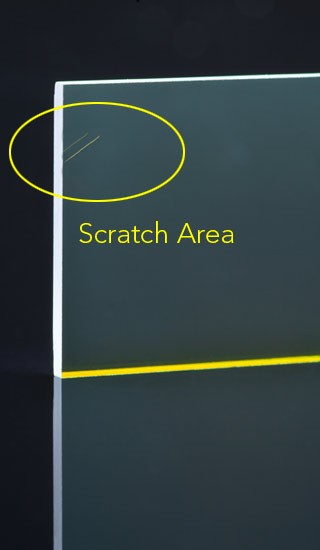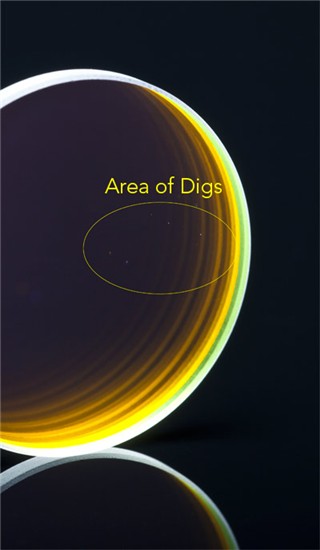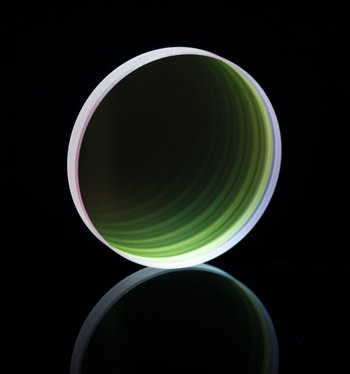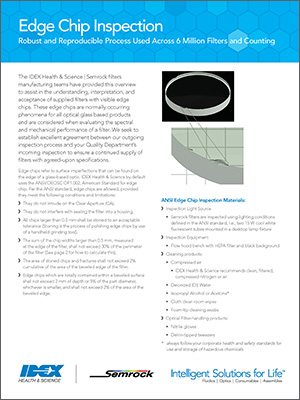Quality Inspection Process
Edge Chip Inspection
The IDEX Health & Science | Semrock filters manufacturing teams have provided this overview to assist in the understanding, interpretation, and acceptance of supplied filters with visible edge chips. These edge chips are normally occurring phenomena for all optical glass based products and are considered when evaluating the spectral and mechanical performance of a filter. We seek to establish excellent agreement between our outgoing inspection process and your Quality Department’s incoming inspection to ensure a continued supply of filters with agreed-upon specifications.
Scratch / Dig Inspection Process
Please watch our short video that explains our process for visual inspection.
All Semrock filters are inspected in accordance with industry standards established for optical components. Semrock relies upon the definitions and inspection techniques established by the American National Standard Institute (ANSI) contained in standard
ANSI/OEOSC OP1.002-2009. This provides assurance to our customers that our filters conform to and are inspected based on a industry standard.
As defined in the standard, either a 40 watt incandescent lamp or two 15 watt fluorescent
lamps are used to illuminate the test units against a black background. Each filter is inspected by eye and compared to a Comparison Standard. During the test, the parts are held under the lamp at a 45° angle of incidence relative
to the associate’s eye.
Under these conditions, a visual inspection of each filter is performed. This assures that each filter is judged using visual defect criteria as defined by the Standard – including such defects
as edge/corner chips, scratch and dig, protrusions and defects.

The ANSI standard defines a scratch as, “A marking or tearing of the optical surface that has a v-groove contour that is significantly longer in dimension than it is wide… it is a long imperfection.” Scratches are characterized by their width, and the customer defines their requirement by specifying the maximum width for a scratch located within the clear aperture (CA) of the filter. (i.e. a “60” scratch designation establishes 60 microns as the maximum allowable width of a scratch located in the CA of the filter.)
This is based on a comparative rather than measured determination.

The ANSI standard defines a dig as “round and sometimes irregular shaped holes or voids (pinholes); including grinding pits and opened entrapped bubbles.” Digs are characterized by their actual diameters specified in units of 10 microns and the customer defines their requirement by specifying the maximum diameter for a dig located within the CA of the filter. (i.e. a “40” dig designation establishes 400 microns as the maximum allowable width of a dig located in the CA of the filter.) Again, this is based on a comparative rather than actual measurement.
The first step in our training process is to review the Standard, focusing upon the visual defect definitions and how they are characterized. The associate is then paired with a Semrock Certified Trainer who acquaints them with the work space
layout, the Bryson Comparison Standard, and the SOP for the Clean and Inspect process.
After observing the Trainer using the correct method, the associate begins inspecting filters against the Comparison Standard. Through repetitive
use of the Comparison Standard, the associate begins to develop a correlation between observed defects and the Standard and over time, minimizes the continuous use of the reference. Eventually, the associate “trains their eye” and
becomes capable of judging S/D against the specification, rarely relying on the Comparison Standard.
During this training and certification process, the filters that a trainee inspects are always re-inspected by a certified associate.
In this way we ensure that these filters always meet specification. Any defective filters that are found are returned to the Trainee with feedback for learning.
Once the trainee has demonstrated the ability to correctly inspect and
characterize defects, she is then “tested” to become certified in the process. Tests that require that the associate to correctly characterize defects are administered using sets of “golden defective filters”; filters
whose defects have been fully characterized and defined dimensionally.
An associate becomes certified once 90% proficiency on these tests is achieved. Associates that have been certified are re-tested annually using the “golden
defective filter” sets. All Semrock associates are re-certified using the same “golden defective filter” sets resulting in a uniform quality line and guarantees consistent results.
In this way Semrock is able
to Get the Right Solution, Right Now.

Still Images by Grant Taylor Images

